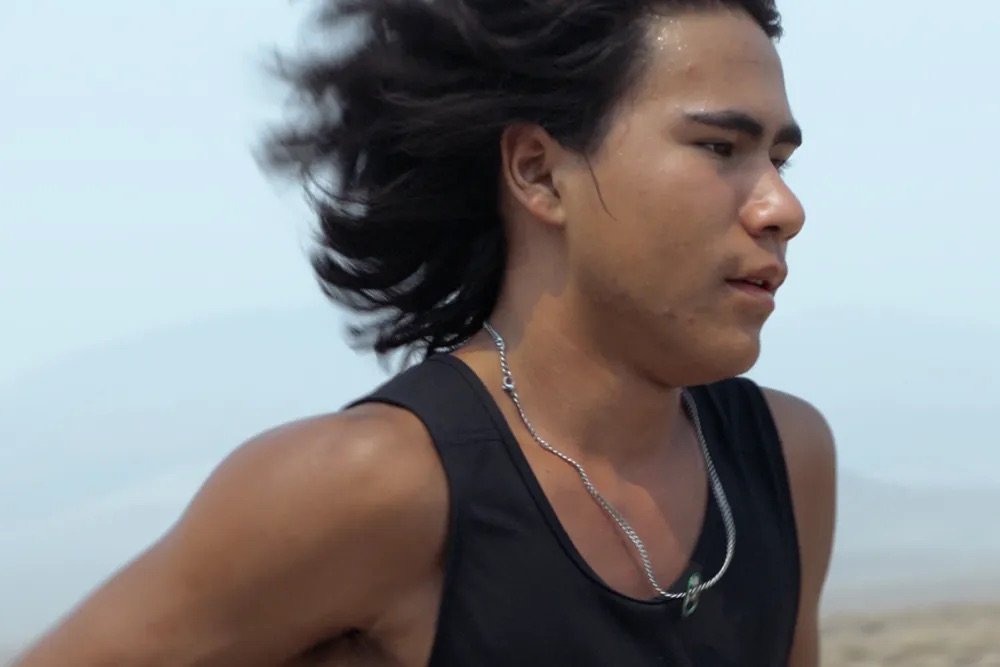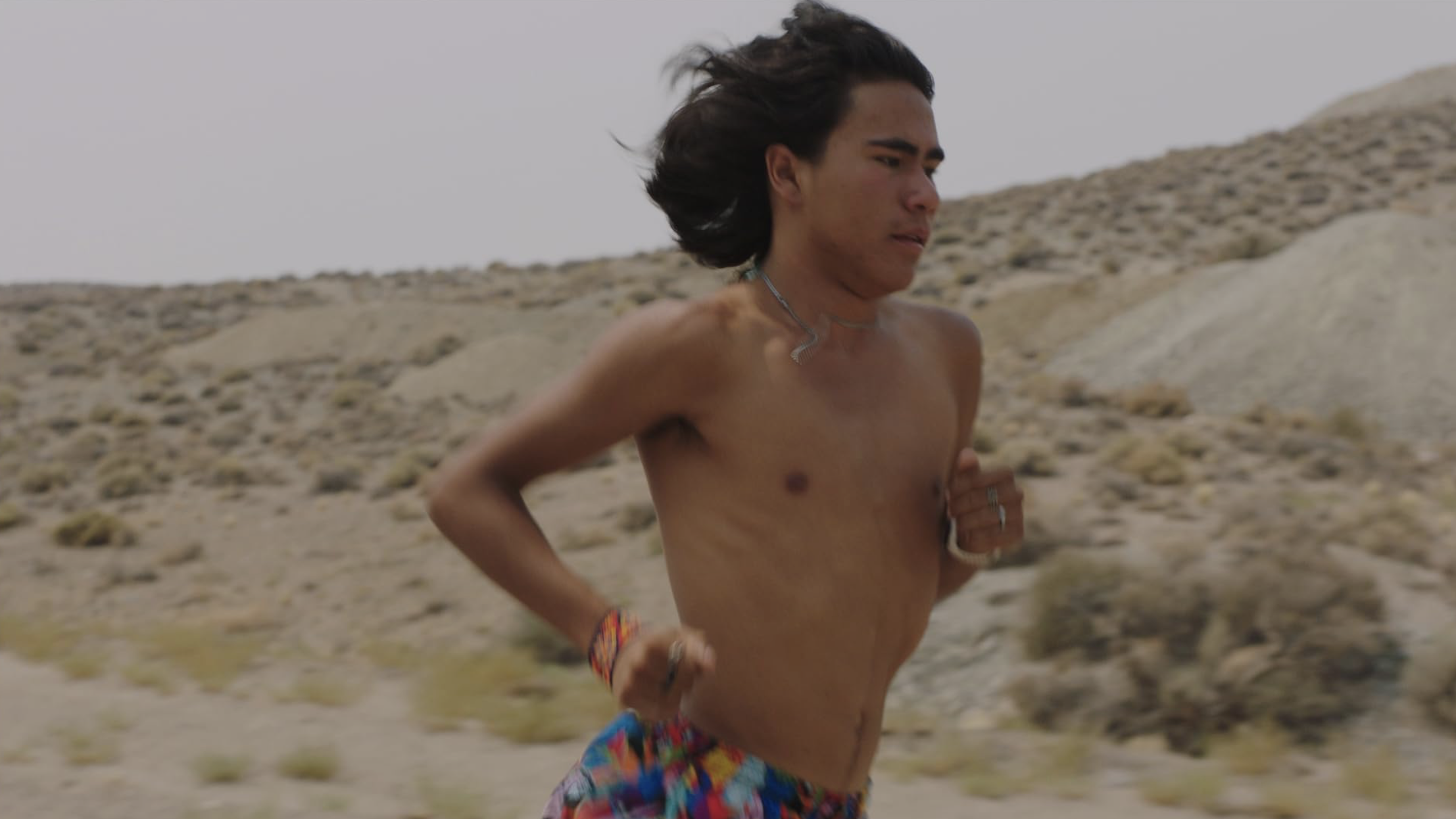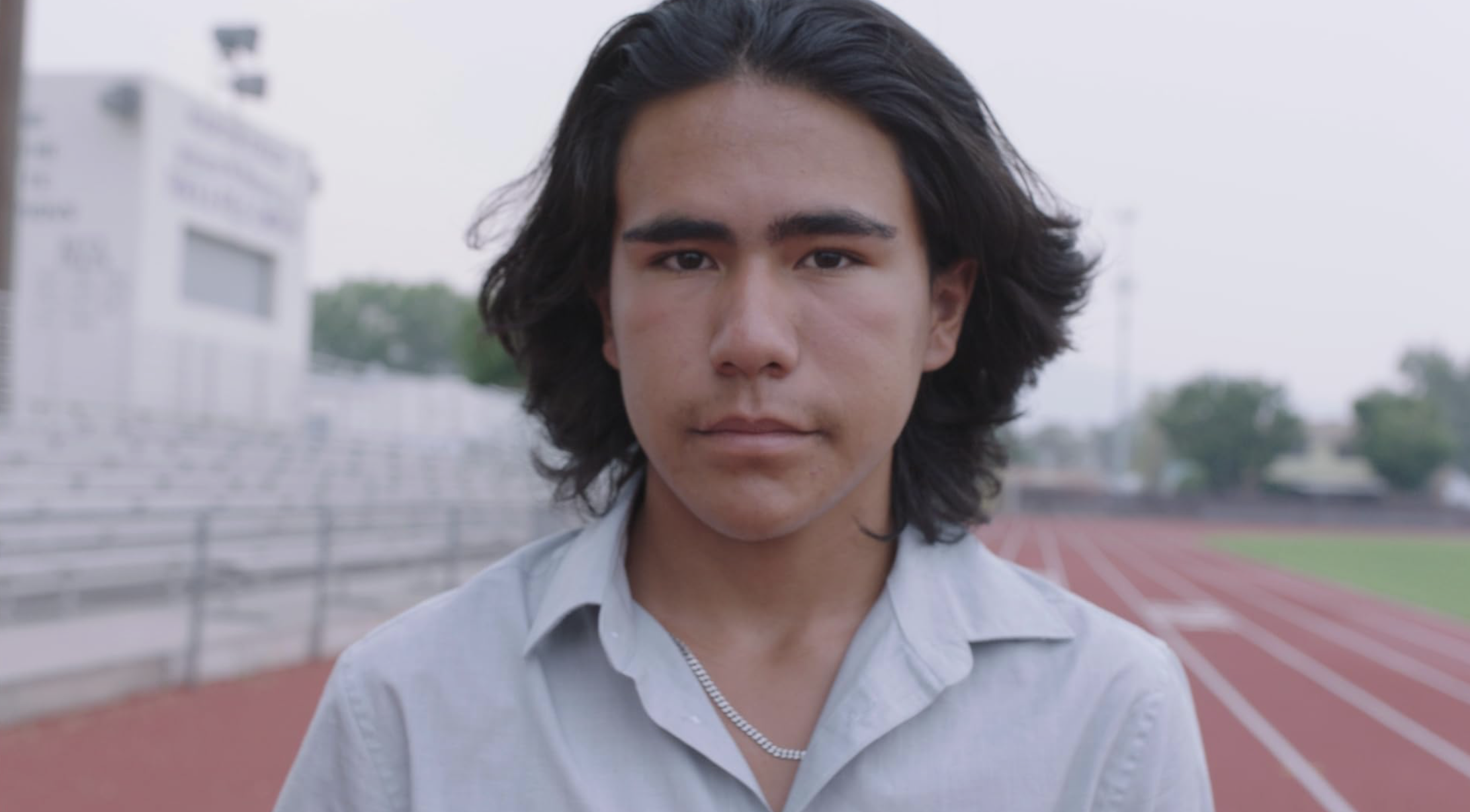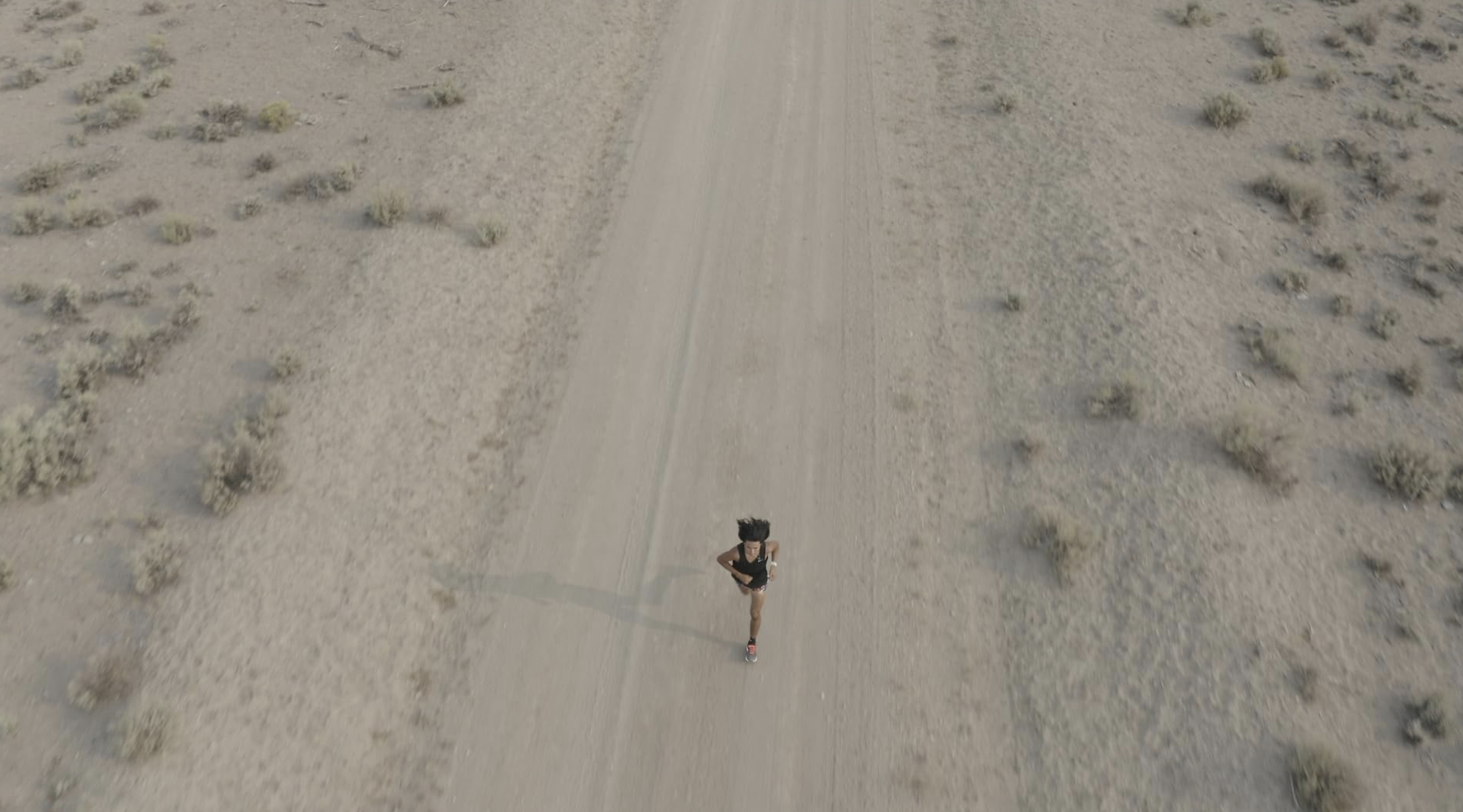‘Remaining Native’ Review: A Lyrical, One-Take Coming-of-Age Journey Rooted in Identity
REMAINING NATIVE
A powerful, deeply personal portrait of Indigenous adolescence, Maya Ross’ feature debut blends immersive form with emotional honesty, resulting in one of SXSW’s most affecting and artistically confident entries.
There’s a moment midway through Remaining Native—a glance that lingers just too long, a breath held just a second too tight, a choice deferred instead of made—that encapsulates everything Maya Ross is attempting to say. The moment passes quietly, without crescendo or spotlight. But in a film this precise, this formally exacting, those micro-movements become seismic. Like the run Daniel Redhorse is training for, it’s not about the explosion—it’s about endurance.
Shot in a single take and told in real time, Remaining Native isn’t just an experiment in technique. The camera—fluid, patient, and unflinching—becomes an emotional tether, following its subject through the woods, through doorways, through conversations and silences, never once looking away. There are no flashbacks, no inner monologues, no musical surges to tell us how to feel. What’s revealed is what’s lived. And what’s lived is quiet conflict—between tradition and autonomy, opportunity and loyalty, movement and belonging.
Premiering at SXSW 2025, the film marks Maya Ross’ transition from acclaimed documentary filmmaker to narrative dramatist, and it’s a leap that feels both natural and radical. Her eye for detail—emotional, cultural, environmental—translates effortlessly. But it’s her restraint, her refusal to embellish or editorialize, that gives Remaining Native its aching power. This is a film about what isn’t said. What isn’t acted on. What is carried in the body when the voice fails.
Holding the Frame: A Form That Feels Like Memory
REMAINING NATIVE
Set over the course of a single day, Remaining Native follows 17-year-old Lakota runner Daniel Redhorse (newcomer Eli Blackfeather, in a haunting debut) as he prepares for what may be the most important cross-country meet of his life—a shot at a college scholarship, and with it, a life outside the reservation. But the race is just a frame. The real tension lies in what this opportunity might cost: a home, a culture, a version of selfhood that can’t quite survive outside the language, land, and lineage it was shaped in.
Ross, along with cinematographer Eva Tomasik, commits fully to the single-shot format. The camera stays in constant motion—gliding over gravel paths, panning slowly through ceremonies, hovering behind Daniel like an uninvited witness. But there’s nothing flashy about it. The fluidity is meditative. It creates a temporal cocoon, where you experience time alongside the characters—not edited, not manipulated. The weight of decisions, the stretch of silence, the tension of avoidance—it’s all left to breathe. It feels less like watching a story and more like walking inside someone’s memory.
The fact that this was captured in Take 11, after a tightly rehearsed five-day shoot, only adds to the staggering control on display. You can feel the lived-in rhythm between actor and camera, between breath and movement. There’s trust in every frame.
Anchored in Stillness: Performance as Presence
REMAINING NATIVE
Eli Blackfeather doesn’t perform so much as exist. A real-life athlete with no prior screen experience, he grounds Daniel in silence and subtlety. There’s almost no exposition to define him. We learn who he is by how he carries himself, how he reacts to his surroundings, how long it takes him to answer a question—or whether he does at all.
Opposite him, veterans Tantoo Cardinal and Wes Studi bring nuanced strength to their roles as Daniel’s mother and grandfather. Their presence isn’t just emotional—it’s symbolic. Cardinal, as the matriarch, represents rootedness, protection, and quiet grief. Studi, with his gravel voice and sharp gaze, embodies resilience and the hard-earned pragmatism of survival. Their generational tension—about what should be kept, what can be lost, and what Daniel must decide for himself—gives the film a steady undercurrent of familial pressure.
A lesser film would have spelled this out in dialogue. Ross lets it simmer in glances and gestures. In who sits where. In who speaks and who stays silent.
Not Just Representation—Reclamation
REMAINING NATIVE
So much of the power in Remaining Native comes from its refusal to explain itself. The Lakota language is spoken throughout, often without subtitles. Ceremonies and cultural touchstones unfold naturally, not as plot devices but as part of lived experience. There’s no attempt to translate Indigenous life for a non-Native audience. That choice makes the film richer, not narrower.
This is not representation crafted for validation—it’s reclamation crafted for truth. And that truth is often uncomfortable. Especially in how it challenges the “escape” narrative: the belief that success lies in assimilation, that to leave is to evolve. The film doesn’t deny that Daniel’s future may lie elsewhere. But it asks—at what cost? Who do you become when you’re no longer surrounded by the people who taught you who you are?
The title Remaining Native is as much a question as a statement. Remaining where? Remaining how? Remaining to whom?
Space, Silence, and Sound
REMAINING NATIVE
Ross embraces negative space—not just visually, but emotionally. She allows entire scenes to unfold in silence. Characters walk for minutes without speaking. Rooms sit empty before footsteps re-enter. It’s in these spaces that meaning creeps in.
POPULAR ON THE CINEMA GROUP
When the score does appear—courtesy of Raven Chacon, the Pulitzer Prize-winning composer known for his avant-garde soundscapes—it arrives like a ghost. Traditional instrumentation blends with ambient noise, never overpowering, only ever reinforcing. It’s music as echo, as memory.
A Final Breath
REMAINING NATIVE
The final moments of Remaining Native aren’t cathartic. There is no big reveal, no grand act of rebellion or reconciliation. There is only a breath—a quiet, nearly imperceptible shift. And then it ends. Just like that.
But the weight of what we’ve witnessed lingers. The uncut journey. The questions that hang unanswered. The cultural tightrope Daniel walks, and may always walk.
Ross has crafted not just a film, but a conversation—a slow, deliberate invitation to sit with discomfort. To question what we expect from coming-of-age stories. To ask ourselves who gets to leave, who gets to stay, and who gets to define either.
RATING: ★★★★½
THE CINEMA GROUP
YOUR PREMIER SOURCE FOR THE LATEST IN FILM AND ENTERTAINMENT NEWS














